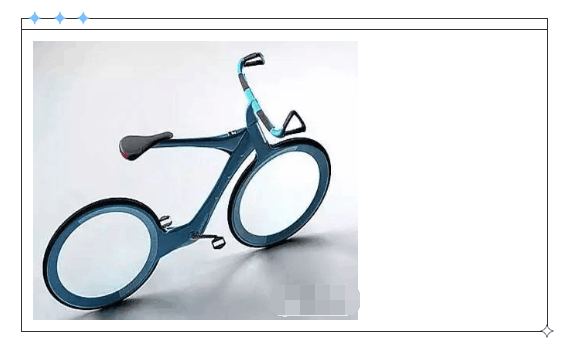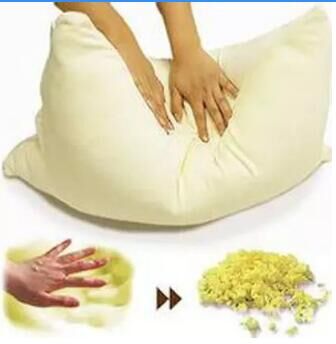What should I do if the polyurethane molded high-resilience sponge seat cushion becomes sticky or peels?
Polyurethane soft foams are mostly open-cell structures with low density, good elastic recovery, sound absorption, breathability, heat preservation and other properties. They are mainly used as furniture cushions, mattresses, vehicle seat cushions and other cushions. Molded soft foam is a foam product that directly mixes the raw materials through the gap method and then injects them into the mold to foam into the desired shape.

What I want to talk about today is the problem that molded soft foam crusts are easy to stick and peel. I will write down my experience based on my work experience and the guidance of my master.
First of all, it is necessary to clarify that the epidermis is related to these processes:
1) Material configuration and fluidity: including raw materials, water, and additives, any improper configuration will not work;
2) Mold temperature and material temperature: should not be too low;
3) Mold structure, design and placement;
4) The selection and dosage of release agent. If the amount is too much, it will cause defoaming, and if the amount is too little, it will peel;
5) Control the aging time of the product. Insufficient aging (too high proportion of B material) or too long aging can cause peeling;
6) Other complex factors.

Then you can start with these adjustments:
First, find the reason in the formula. If material B is a T/M system, the proportion should be considered and the MDI should be appropriately increased. It is recommended to remove T-9 and add some DMEA (dimethylethanolamine); grasp the fluidity of the material.
Second, the amount of water and silicone oil should be moderate, generally controlled at around 2.8-3.5, otherwise the skin will become sticky; the amount of silicone oil should not be used too much, otherwise the skin will peel.
Third, check whether the mold is clean, whether it is leaking, and whether it is placed in a balanced position. Otherwise, there will be bubbles and mucous membranes.
Fourth, the mold temperature and material temperature are very different, and the skin will peel and stick easily if there is a big difference between the two temperatures. The mold temperature is generally 30 to 50 degrees, and the material temperature is 21 to 25 degrees. The temperature must be adjusted during the seasons.

After all, polyurethane is also a chemical industry, and these problems actually involve problems with every raw material. Every raw material that participates in a chemical reaction is very important. Whether it is the main ingredient or the minor ingredient, it has its own unique effect. Therefore, if one of the raw materials changes in the chemical reaction, it will naturally change in the foaming process. It is reflected from the foam body of the sponge. This is the most basic principle. If the problem reflected is not pathological, then it is a revelation; if it is pathological, then we must consider what methods to solve it; if it is for us A revelation, then we have to consider how to use it or improve it. We must know that many evolutions and inventions are developed in revelation.
For example: Everyone knows that currently domestic slow rebound polyether manufacturers include 2000 from Shanghai Gaoqiao and 1070 from Nanjing Jinpu. As for these two slow rebound polyethers, although their hydroxyl value Both are 240. However, in actual production, their chemical activities are very different and have their own characteristics. A few years ago, 2000 and 1070 could be used interchangeably without adjusting other raw materials. However, a few years later, they have formed They have their own characteristics and can no longer be used interchangeably.
Of course, the current domestic production of slow rebound polyether is far more than these two manufacturers, so it is difficult to unify the raw materials used by each slow rebound sponge manufacturer, including various small materials. This results in each company having its own formula. For slow rebound polyethers, there are those with better cell opening and better stability. The use of pore opening agents in the production process of slow rebound polyethers with better pore opening.��As far as the appropriate amount is smaller, the dosage of silicone oil (stabilizer) should be appropriately increased; on the other hand, if you use a slow rebound polyether that is more stable or more air-locking. , then the amount of pore opening agent used in the production process will be more, and the amount of silicone oil will be slightly reduced.